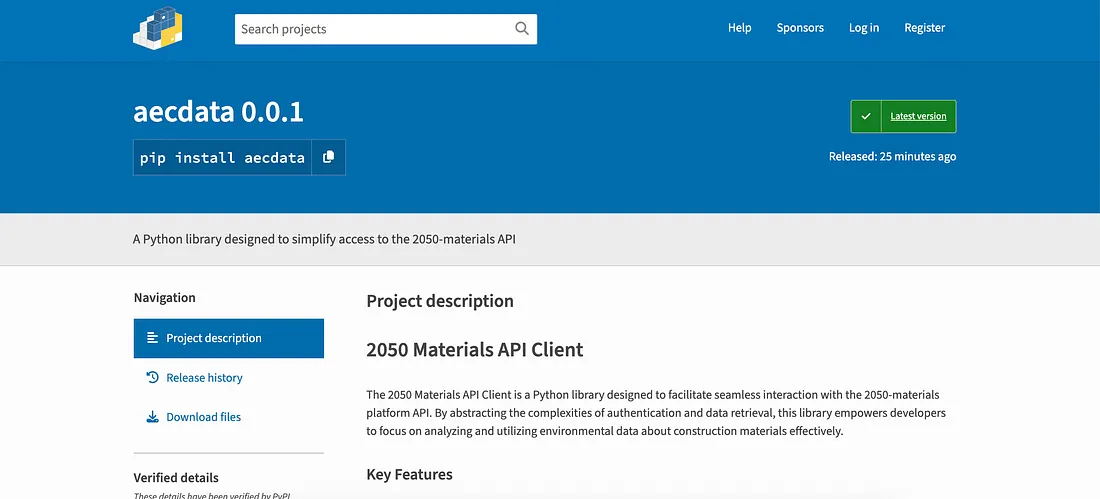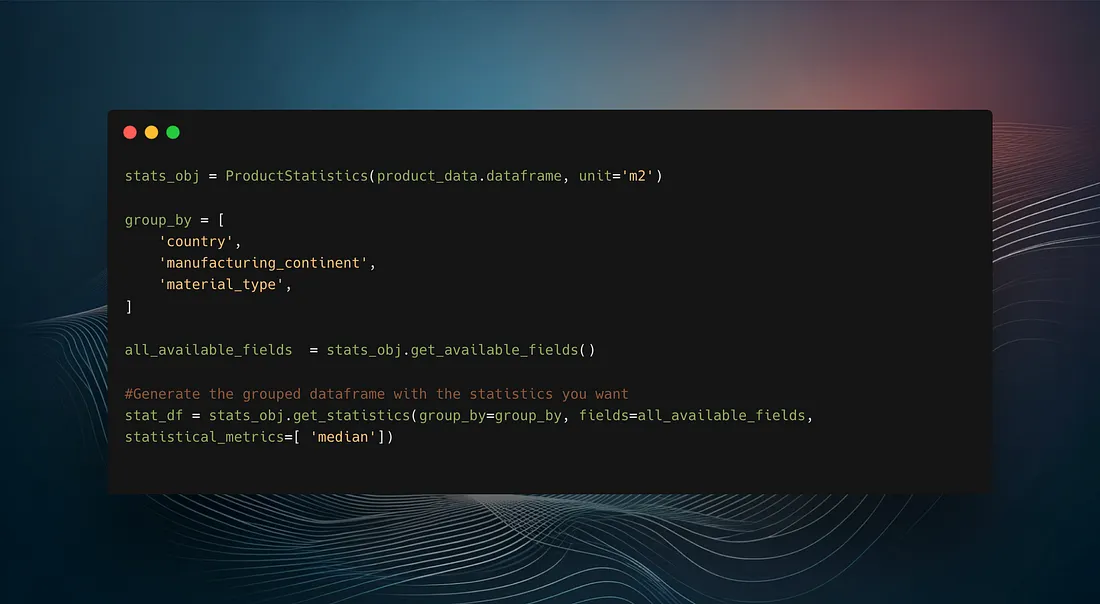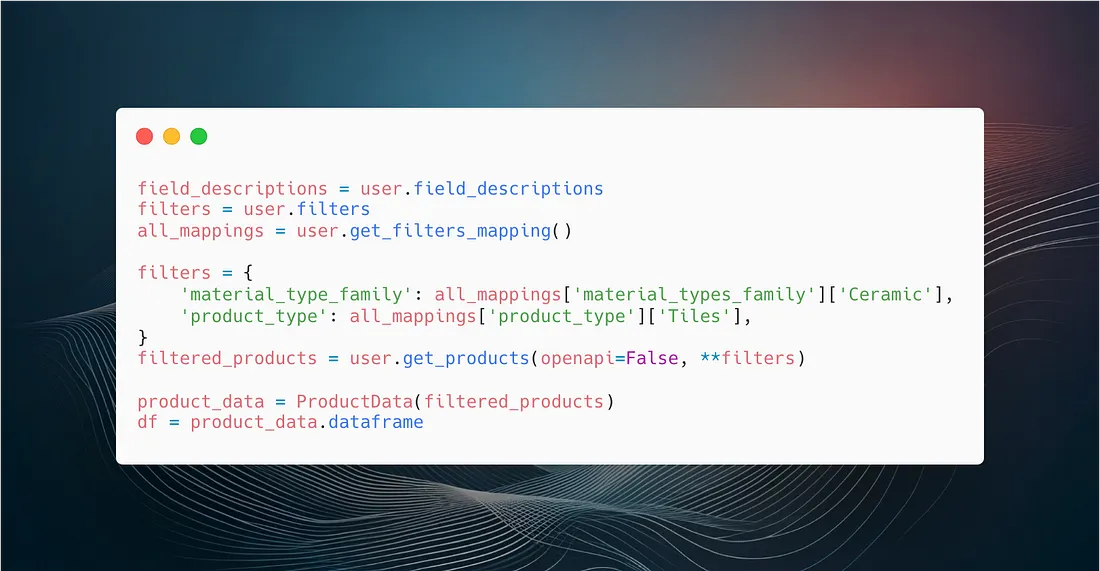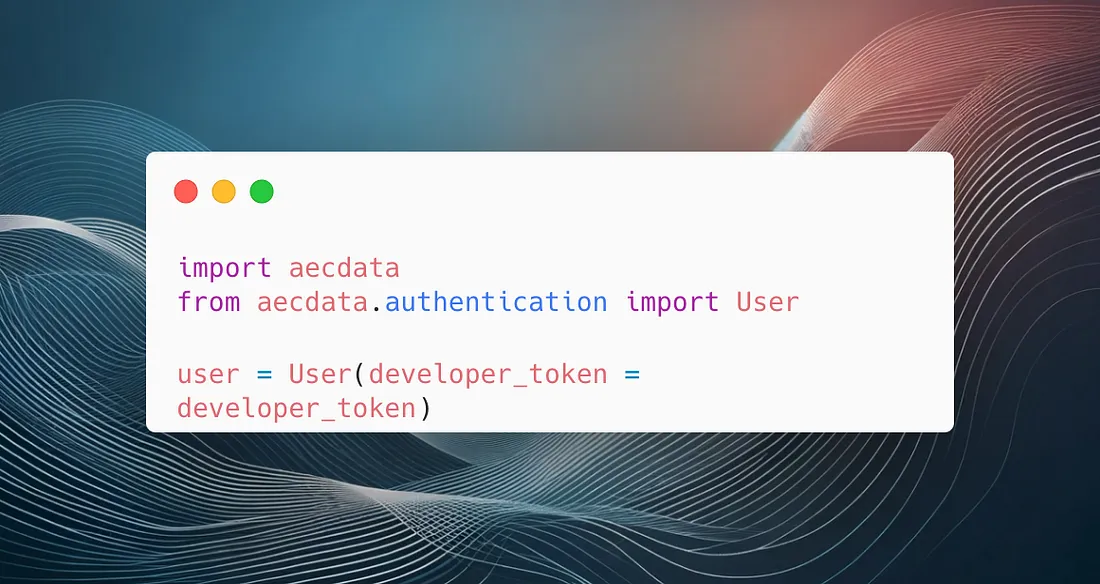aecdata — An Open Source Python Library to do more with Construction Data
There’s so much data. There’s so much technology. Can’t we use data to reach out climate targets?
 We’re just not there yet...
LCA consultant
We’re just not there yet...
LCA consultant
The sad reality of the status-quo
The construction industry is not the most data-mature industry. There’s multiple reasons for that:
- Concerns around data sharing
- Analogue processes (more here)
- Informal decision making
- Long timelines of projects
- Start-from-scratch mentality (…and a solution here)
- Lack of interoperability (although Speckle is making leaps there)
- Lack of structured data (2050 Materials is fixing this)
The real reason this is a problem
At the same time, the AEC industry is under the magnifying glass due to it’s inordinate impact on global emissions, and overall impact on climate change. Designers, engineers, consultants and contractors have to suddenly answer their client how they’re reducing the impact of their new project.
And everyone (almost) is trying.
Crunch crunch
Currently, a big focus (justifiably) is on carbon data. There’s 2 types of carbon data:
- Energy-related carbon — how much energy is used to keep the building warm/cool and how much CO2 is emitted to create that energy
- Material-related carbon — how much CO2 is in each brick/plasterboard/window/door/chair which goes in the building?
The energy related carbon has been around for a while. There’s countless solutions to model and optimise the building’s energy performance (see Cove.Tool).
Click click click click
However, when it comes to material-related carbon, 99.99% of the industry uses sub-par software to manually input their BoM (bill-of-material) and calculate a carbon footprint of their building.
The problem with this approach (as we’ve written about before here and here and here and here) is that a Life Cycle Assessment (LCA) is usually generated after the biggest decisions have already been made around the structural materials, shape, height and basic architectural materials (e.g. the envelop), which by definition makes them a retrospective analysis, and not an exercise meant to drive design decisions.
A call for change in the AEC industry
There is a future out there however, where material and product data is used for analysis, insights, optimisation, decision making and more.
In fact, we’re building that future at 2050 Materials.

 aecdata today already gives you the tools needed to run statistical analysis, run regional assessments, develop ESG and LCA models, understand the landscape of a material category in a region, and many more things.
aecdata today already gives you the tools needed to run statistical analysis, run regional assessments, develop ESG and LCA models, understand the landscape of a material category in a region, and many more things.
That’s all we’re saying for now.
Stay tuned, or pip install aecdata
Related articles

AECData Python Library Step 3— Visualizations & Statistical Analysis
Using the open-source Python package aecdata to do statistical analysis and plot graphs.
Read more
AECData Python Library Step 2— Get filters and retrieve product data
Get your first data table with AECData.
Read more
AECData Python Library Step 1 — Authenticate and Initialize Your Project
Easy Authentication and User Initialization with AECData
Read more